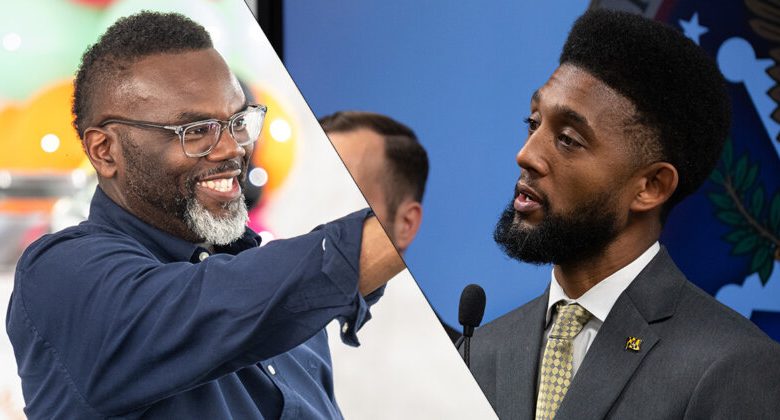Chicago and Baltimore Report Record Lows in Homicides for 2025

Chicago and Baltimore—two cities long portrayed in national media as violent crime hotspots—are now reporting historic drops in homicides and other violent crimes, marking a major shift in urban public safety trends under leadership and strategic policing reforms.
In Chicago, Police Superintendent Larry Snelling credits the city’s new Crime Gun Intelligence Center (CGIC) with helping drive a dramatic decline in violence. Launched in spring 2024, the CGIC brings together federal, state, and local agencies—including the FBI, ATF, Homeland Security, Cook County prosecutors, and more—to process evidence and coordinate investigations in real time.
“The CGIC center is something that’s pretty new,” Snelling said. “We’re processing ballistics and DNA in weeks instead of months, and that makes a huge difference in solving cases and preventing retaliation.”
Data from CBS News Chicago shows that in the first half of 2025, Chicago has seen homicides drop by over 30% compared to the same period in 2024—the city’s lowest midyear total in over a decade. April 2025 marked the least deadly month in more than 60 years, with only 20 homicides. Other violent crimes have followed suit: aggravated assaults are down 16%, aggravated batteries down 15%, robberies down 34%, and motor vehicle thefts down 28%.
Still, Snelling acknowledged that perception is often at odds with the data. “If people don’t feel safe, then in their minds they aren’t safe,” he said. “So we have to work on that perception and let people know we’re out here, and we’re not doing this alone. We’re being strategic with the resources we have.”
Snelling added that although CPD has nearly 12,000 officers—slightly more than two years ago—the department is still down thousands from its staffing peak. “That’s why we’re leaning on our federal and regional partners and using data to guide deployments,” he said.
In Baltimore, the results are equally historic. The city has reported just 68 homicides through June 2025—the fewest for any six-month period in 50 years. In April, Baltimore recorded just five killings, the lowest monthly total on record, according to The Baltimore Banner.
Mayor Brandon Scott said the drop reflects a multi-year push to rethink policing and invest in gun violence prevention, including cracking down on ghost guns, targeting high-risk areas, and pairing enforcement with social services.
“We’re focusing our efforts where they’re needed most and not relying on policing alone,” Scott said. “This is about changing systems, investing in people, and making safety equitable across every neighborhood.”
Baltimore has also seen declines in nonfatal shootings, robberies, carjackings, and arson, with most major crime categories falling by at least 10% year-over-year. These results follow a 20% drop in homicides in 2024 and mirror national trends.
Crime analyst Jeff Asher says what’s happening in Chicago and Baltimore reflects a broader shift in many U.S. cities—particularly those led by mayors. “Chicago has seen a 40% drop in shooting victims this year,” Asher noted. “Baltimore’s homicide numbers are the lowest in decades. Cleveland, Philadelphia, Atlanta, and St. Paul are all reporting similar improvements.”
Asher attributes the trend in part to post-pandemic government investments in public infrastructure, social programs, and public safety—not just policing. “We saw a 90% increase in construction spending on neighborhood centers after COVID, and a major uptick in hiring and social services,” he said. “These things may not have been designed for crime prevention, but they’ve helped stabilize communities.”
Still, experts caution that the declines may not last unless these programs are sustained. “Violence can creep back in if we let go of the things that have worked,” Asher warned. “The key is not just celebrating the progress, but protecting the gains.”
Supt. Snelling echoed that sentiment. “We can’t ignore the challenges, but we also can’t ignore the progress. I want our officers and our communities to focus on the positive—because what we’re doing is working.”`1




